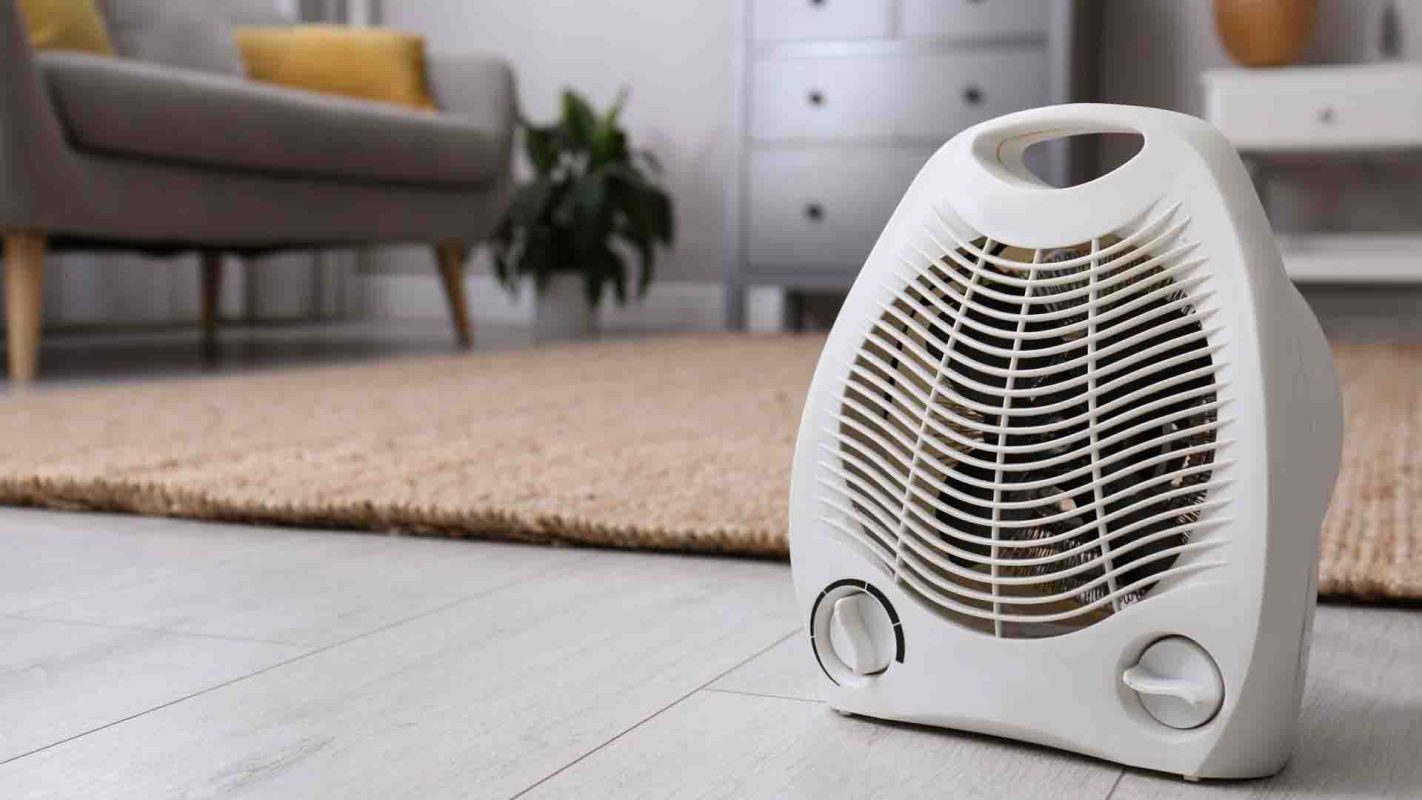As we cruise through the coldest winter months, our gas and electricity bills tend to soar.
With steep temperature drops, it's understandable that a lot of people are looking for ways to save on home heating costs.
One prevalent theory is that by closing vents in unoccupied rooms, we can keep hot air concentrated in the rooms that we spend most of our time in.
But this could actually end up costing more in the end — here's why.
Why is this home-heating hack actually wack?
Although closing vents in certain rooms of your home can help to redirect heated air to the areas of the house where it is needed most, it's important to keep in mind that closing vents can cause issues with home air flow and can potentially damage your heating system, the Bob Vila website explains.
One form of damage comes in what's called a system strain. The ducts in a house are set up so that certain vents supply heated and cooled air to rooms, while other vents return air into the HVAC unit.
When vents are closed in some rooms, air pressure builds up, which can cause additional stress on the HVAC's motor and increase the risk of duct leaks. Leaks in ducts result in the loss of heated or cooled air into the walls, which can cause your energy bill to rise.
Over time, this practice can even exhaust an HVAC unit and damage essential components, leading to costly repairs.
Another unintended consequence of closing vents is something called a heat sink effect. When one room in a house is colder than the others, the cold room draws in heat through walls, floors, and even ceilings of other rooms. This "sink" lowers the temperatures of other rooms and triggers the furnace to run more often in order to keep the heat up.
Last and certainly not least, reducing air circulation in any room of the house can increase the risk of mold and mildew growth. Lower temperatures increase the risk of moisture-related issues, allowing mold a perfect environment to grow in. Leaving your vents open for circulation keeps your home healthy and dry.
Are there better options?
If you want to avoid all the negative effects and still stay warm this winter, fear not. There are plenty of money-saving techniques that can keep your home cozy and your wallet happy.
One excellent option is switching to a smart thermostat. It's easy to forget to turn down the thermostat before you leave the house, but with a smart thermostat, you don't have to. Smart thermostats are able to be programmed straight from a smartphone, allowing you to turn down the temperature when you're not home.
It is also wise to check your home's windows and doors to ensure they are properly insulated against chilly drafts and, if not, take action to seal them.
And of course, when hanging out indoors on a chilly day, keep on a hat and sweater or blanket to preserve your body heat. Stay warm and stay thrifty.
Join our free newsletter for easy tips to save more, waste less, and help yourself while helping the planet.









